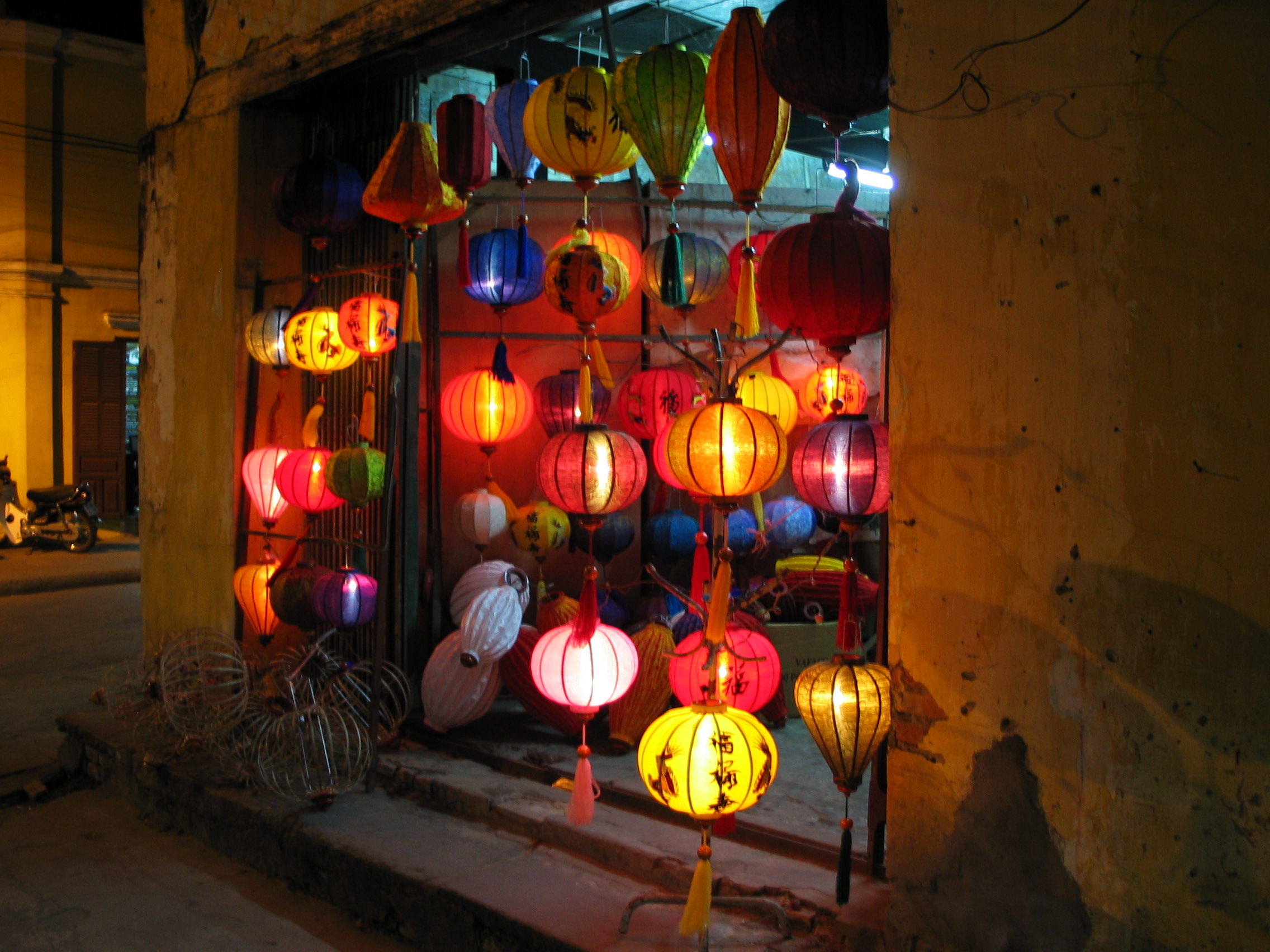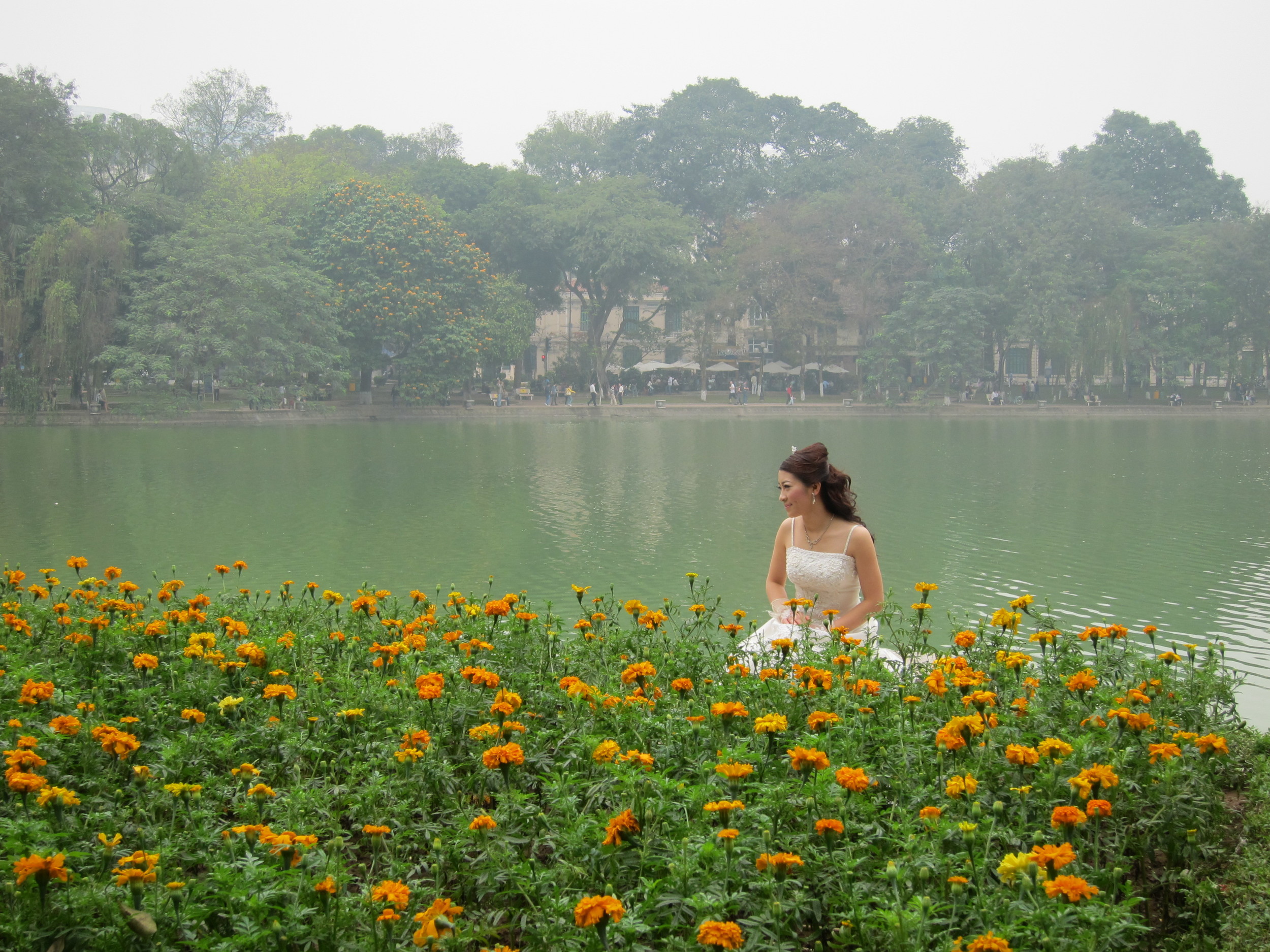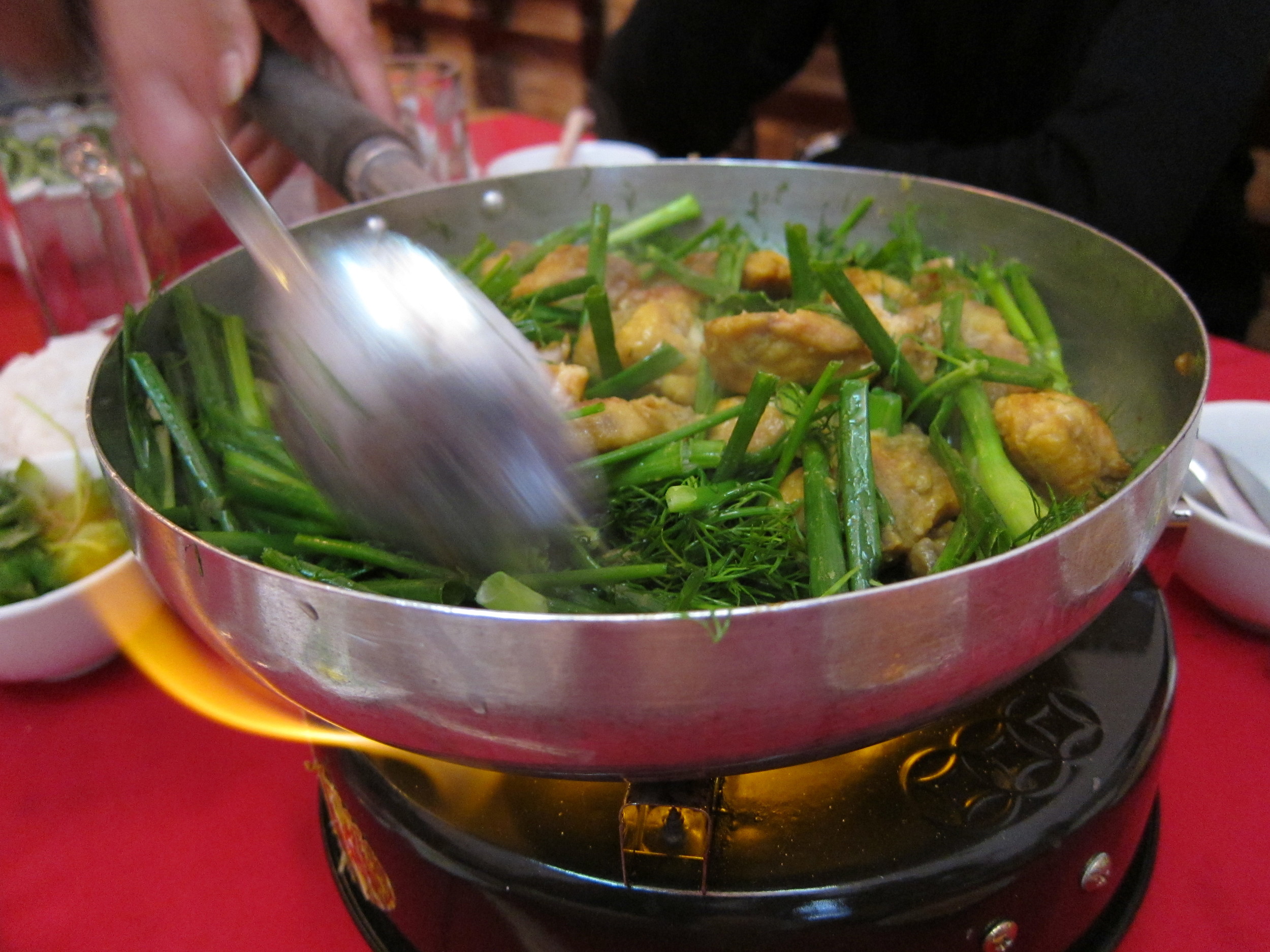The Spell of Vietnam
My favorite place, and how it got that way.
Originally published in Travel + Leisure, 2011
















THERE ARE ANYWHERE BETWEEN one and five giant turtles living in Hanoi’s Hoan Kiem Lake. They weigh up to a quarter-ton each; some say the turtles may be 600 years old. Sightings are extremely rare, and considered a lucky omen. In all my visits to Hanoi I’d never spotted one myself. So on an otherwise sleepy morning last winter, when a flash mob formed on the shore—people running, shouting, hoisting cameraphones aloft—the cause was not immediately clear. Protest? Parade? Beyoncé? No, an elderly man told me: The turtle has returned!
The guy was beside himself. This was his first turtle moment, and he was seventy-four. In the willow tree above us, two teenagers pointed to the water. A cheer went up. We craned our necks. Through the crowd I glimpsed a trail of dissolving bubbles, and then…gone. After a while people began to disperse, returning to homes and offices to recount their good fortune, when the extraordinary broke the surface of an ordinary day.
This happens all the time in Vietnam. Not turtle sightings, but curious and unexpected revelations. Sometimes it’s just a fleeting sight or sound: the jingle of a bell as a woman pedals past, her lavender ao dai tunic rippling behind her like a sail. Or some tiny, graceful gesture—the swirl of incense to anoint an altar, the flurry of tongs as a cook tends a sidewalk brazier.
These disarmingly simple moments, more than any Big Deal Sights, keep me forever coming back to Vietnam. Certainly one can find sweeping landscapes and stunning architecture—but really, if you want outsize grandeur, go to China. Leave me the small dramas of daily life in Vietnam. Honestly, in what other industrialized nation would traffic stop and a near-riot ensue over a turtle?
A decade and a half after my first visit, my infatuation with Vietnam has only grown. But the object of my crush is so changed that the 25-year-old me would hardly recognize the place.
I came of age in the eighties, when the Vietnam War still weighed heavy on American music, movies, and TV—from Springsteeen to Oliver Stone, Rambo to Magnum, P.I. When I came to Saigon myself in 1996, those inherited memories of the war would define my experience; I saw Vietnam’s present only through the lens of the past. Of course, back then the past wasn’t so far away. The former U.S. Embassy still stood on Le Duan Boulevard, abandoned and forlorn. Souvenir shops sold toy Apache helicopters fashioned from aluminum cans. Motorbikes hadn’t yet overtaken the streets, and cars were as rare as giant turtles. Instead everyone rode bicycles—clunky relics that made Saigon feel even more like the overgrown village it was. The whole country seemed frozen in time, trapped by its own history.
Of course the door had already begun to crack open, first with the reforms of doi moi, Vietnam’s own perestroika, then with the lifting of the American trade embargo, which sparked new interest in travel and investment in Vietnam. From the mid-nineties onward, the world rushed in—not just tour groups and bankers but a surging tide of global pop culture. Today Vietnamese youth are as consumed with skinny jeans, PS3s, and Katy Perry as teens in Singapore or Spokane. Aside from brides and hotel staff, few young women wear the ao dai anymore.
This is not an altogether bad thing. As Old Vietnam recedes and the past assumes its rightful place in the past, New Vietnam retains an uncanny ability to beguile, confound, and delight. And it can still summon up Old Vietnam when you need it to. You can spend the afternoon hitting the racks at edgy Saigon fashion shop L’Usine (whose industrial space is decorated, cheekily, with old bikes)—then channel your gauzy Indochine fantasies over dinner at the gorgeously retro Cuc Gach Quan. You can gallery-hop through Hanoi’s boundary-pushing contemporary art scene, then play out your sepia-toned reveries among the crumbling godowns and vintage typewriter shops of the Old Quarter. Few cultures can evoke such a swoon-worthy vision of their history (“They mint nostalgia like money over here,” an expat friend jokes) and also embrace what’s next with equal vigor. And so this is what travel in Vietnam has become in 2011: forever moving between the past and future tense, never quite touching down in the present.
On cool, pale mornings in Hanoi, there are few things better than a walk around the lake, when mist hangs low over the water. Jet lag has me up before sunrise, so the shoreline is empty but for the old women silently practicing ta’i chi. I’ll make a few circuits, scanning the glassy surface for turtles, then return to the Metropole hotel for breakfast. With its collection of steamer trunks and antique telephones, the lobby looks much as it did in 1901, when Frenchwomen paraded through with parasols and petticoats.
One morning during a recent stay I awoke well before dawn, in the midst of the strangest dream. In the dream I was sitting in the Metropole lobby, sipping Vietnamese coffee with condensed milk, when one of those decorative old phones actually began to ring. I picked up the brass-plated receiver.
“Allo?” said a distant, crackling voice.
“Oui?” I replied.
“It’s the past calling,” said the voice, in French. “Have you seen what’s become of me?”
“Only in glimpses,” I replied. And then I woke up. •
